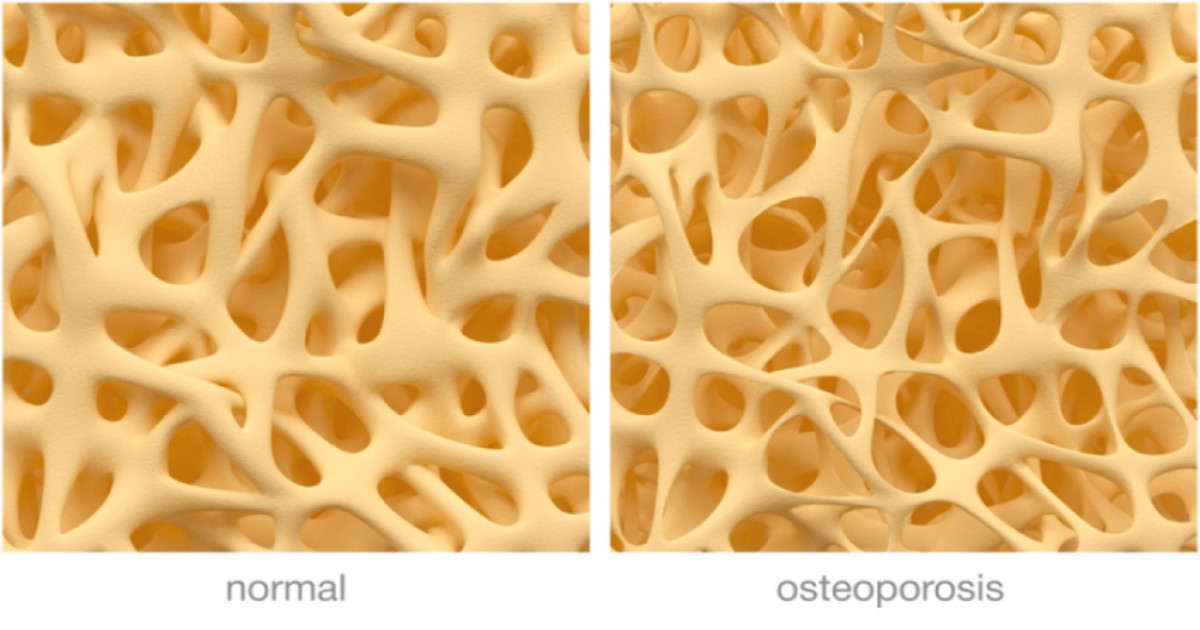Osteoporosis Tips That Could Change Your Life
Osteoporosis is a bone disease characterized by a loss of bone density. It can occur because the affected individual's body is losing too much bone or because it is not making enough. The loss of density causes bones to become porous and fragile. If an individual has osteoporosis, their bones will be weaker and more likely to break. In severe cases, it is possible to break bones in a minor fall or even from a simple action like sneezing.
About half of all women and a quarter of all men will break a bone at some point because of osteoporosis. Despite the fact the condition is common, it is not a normal part of aging and can be prevented. If an individual has been diagnosed with osteopenia (thinning of the bones), it is important for them to take steps to halt the disease's progression and prevent osteoporosis. This will necessitate lifestyle changes as well as bone density tests.
Eat Foods Rich in Calcium

Along with dairy products and fish like sardines and salmon, individuals should be eating leafy greens and broccoli to get lots of calcium. Other healthy food options for calcium include dried figs, fortified tofu, and almonds. The National Osteoporosis Foundation suggests the daily calcium intake for adult men and women should be between 1200 and 1500 milligrams.
An individual's body makes ninety percent of all the bone they will ever have by the time they are in their late teens. Their body continues to make bone faster than it is lost until the individual gets to their thirties. At that point, the body's bone production will slow. Eventually, it will slow to the point where individuals will be losing bone faster than they are building it.
Exercise

Calcium can help reduce an individual's loss of bone, but their body needs to be stimulated to start building new bone. That stimulation can come in the form of exercise. Exercises that compress bones can help strengthen them. This includes exercises such as stair-climbing and jogging. If an individual has already been diagnosed with osteoporosis, simply walking or using an elliptical machine can be beneficial.
Due to its effects on bone strength, osteoporosis can cause severe fractures of the hip and spine, which can be life-threatening for older adults. Along with improving bone strength, the right exercises can strengthen muscles and improve balance thus preventing falls. It is important for patients to discuss their exercise plans with a doctor before beginning their regimen. Patients may have to undergo certain tests first such as a bone density test and a fitness assessment.
